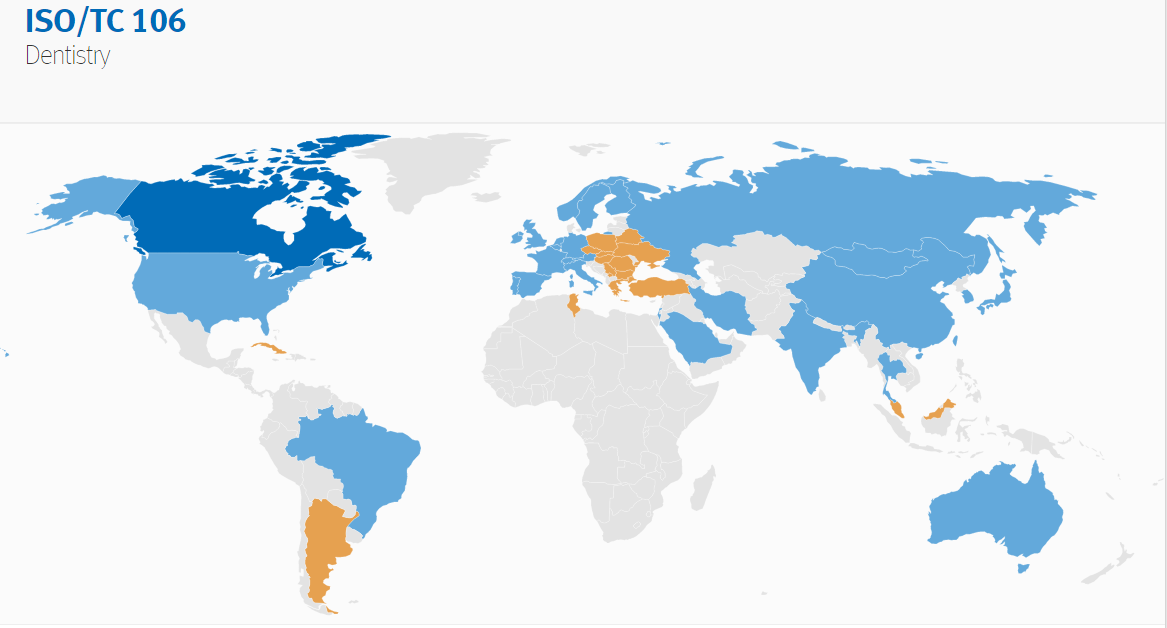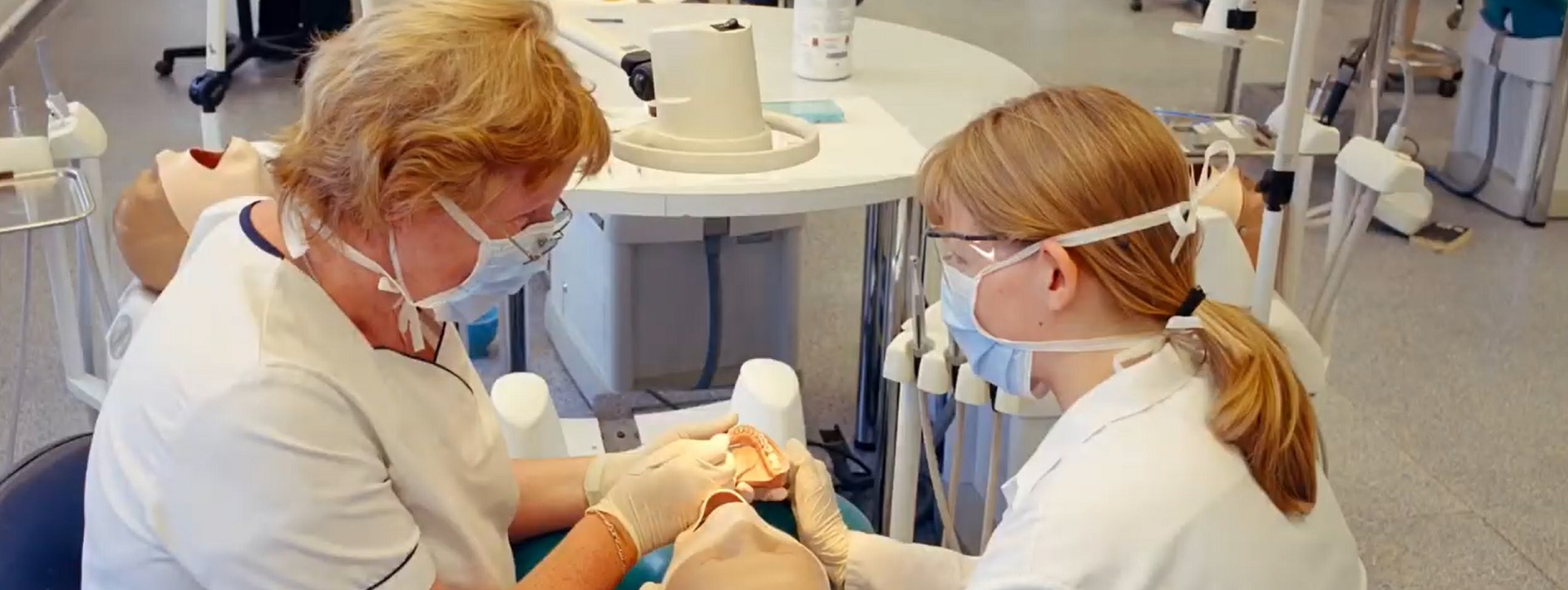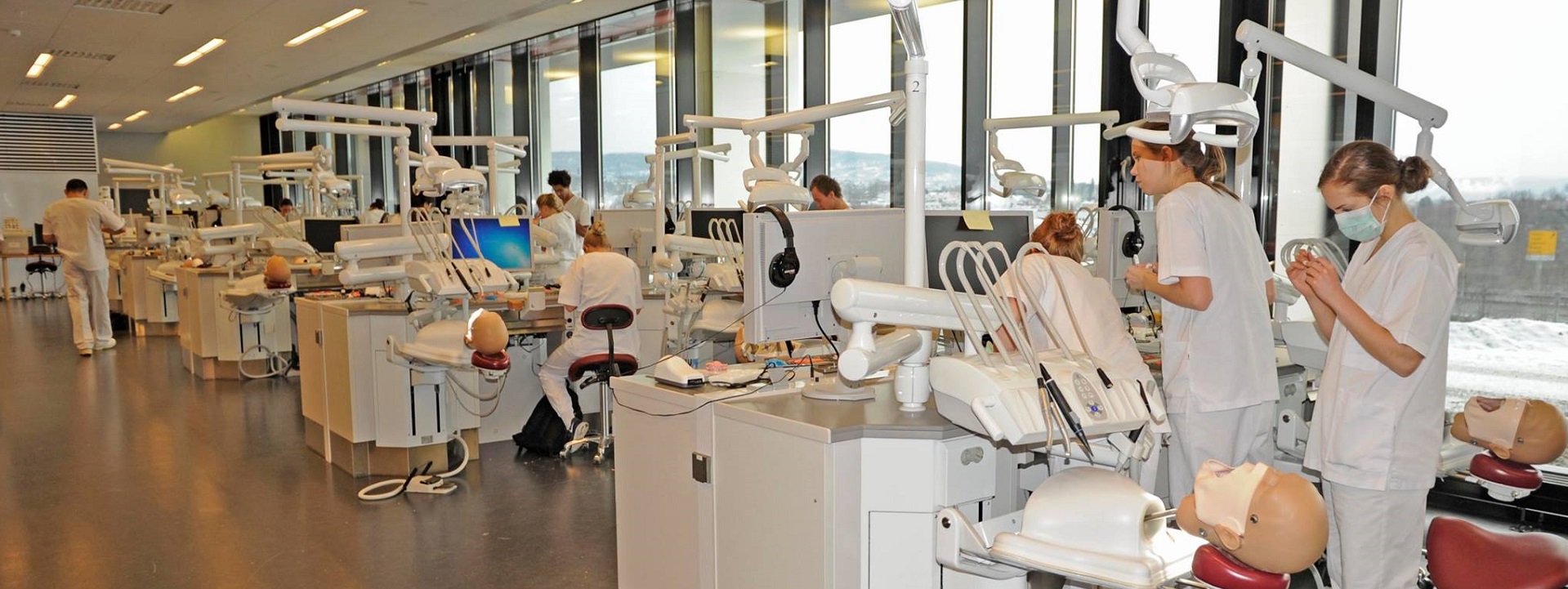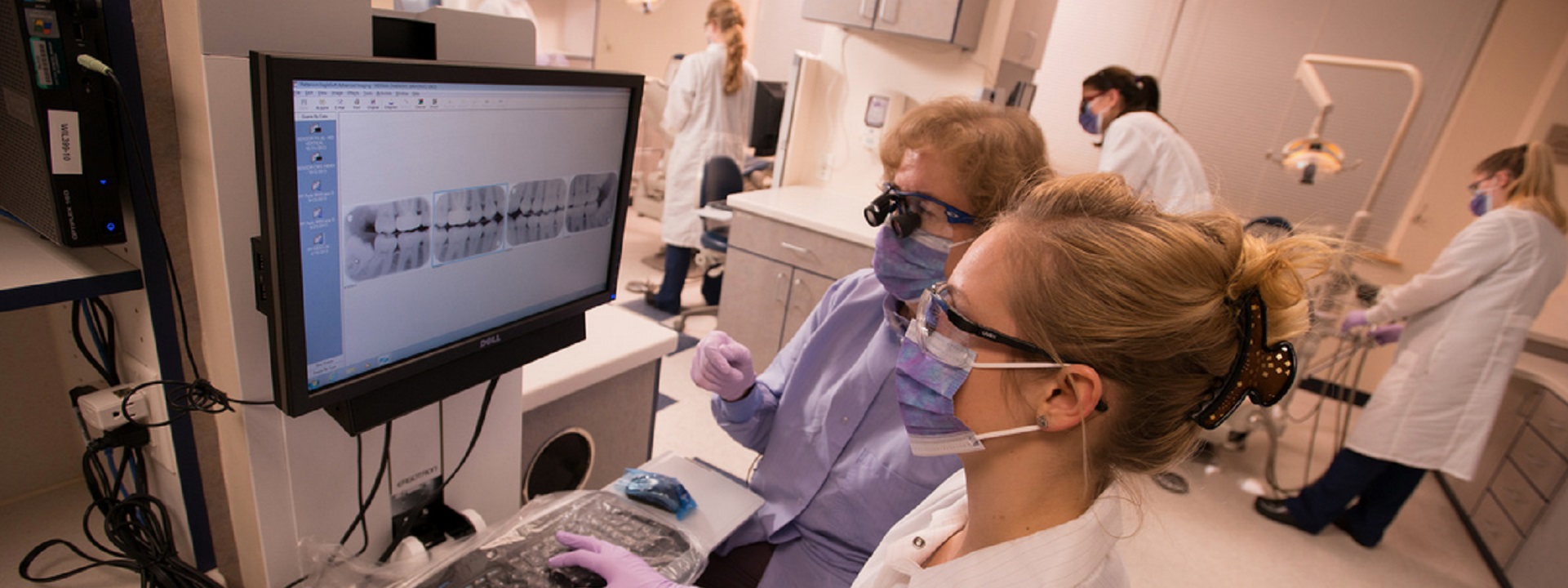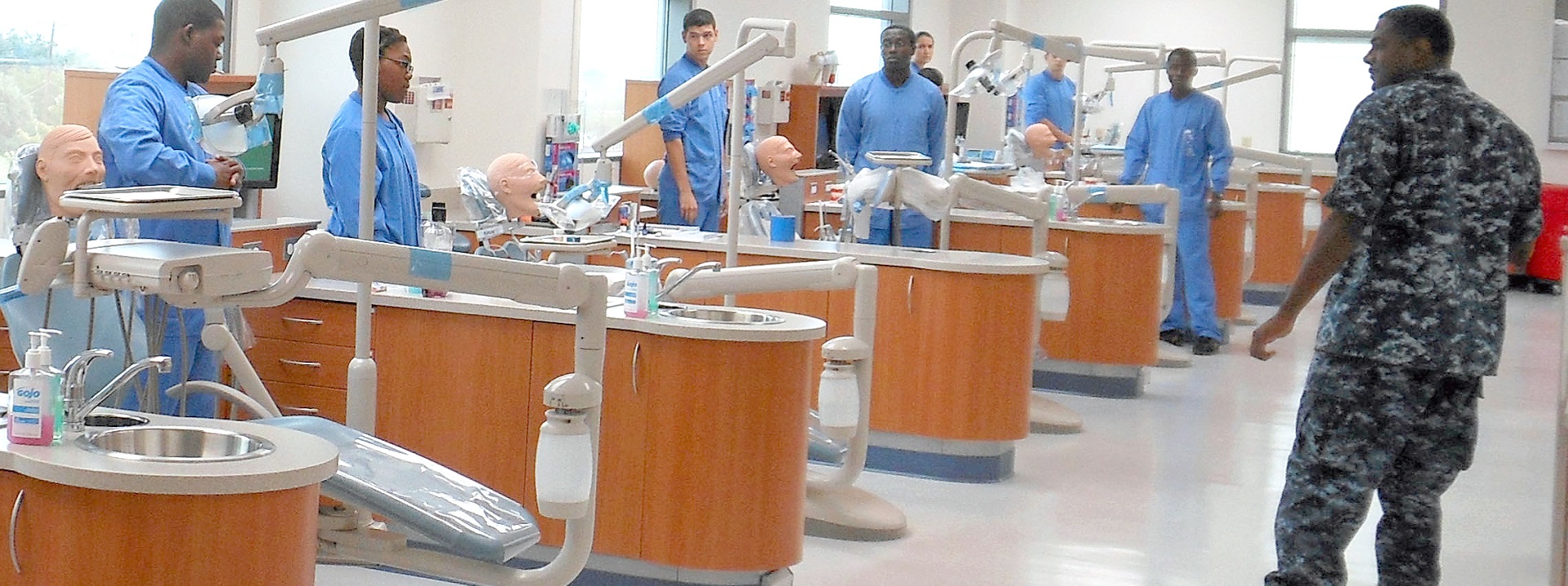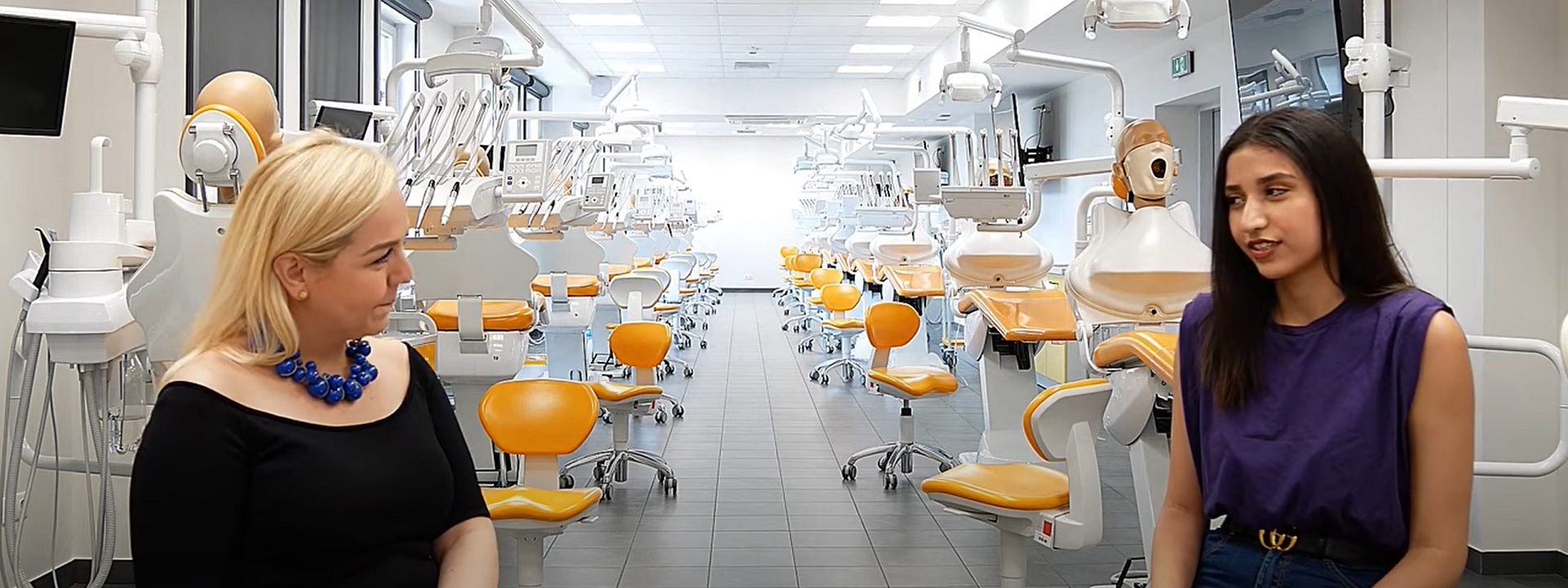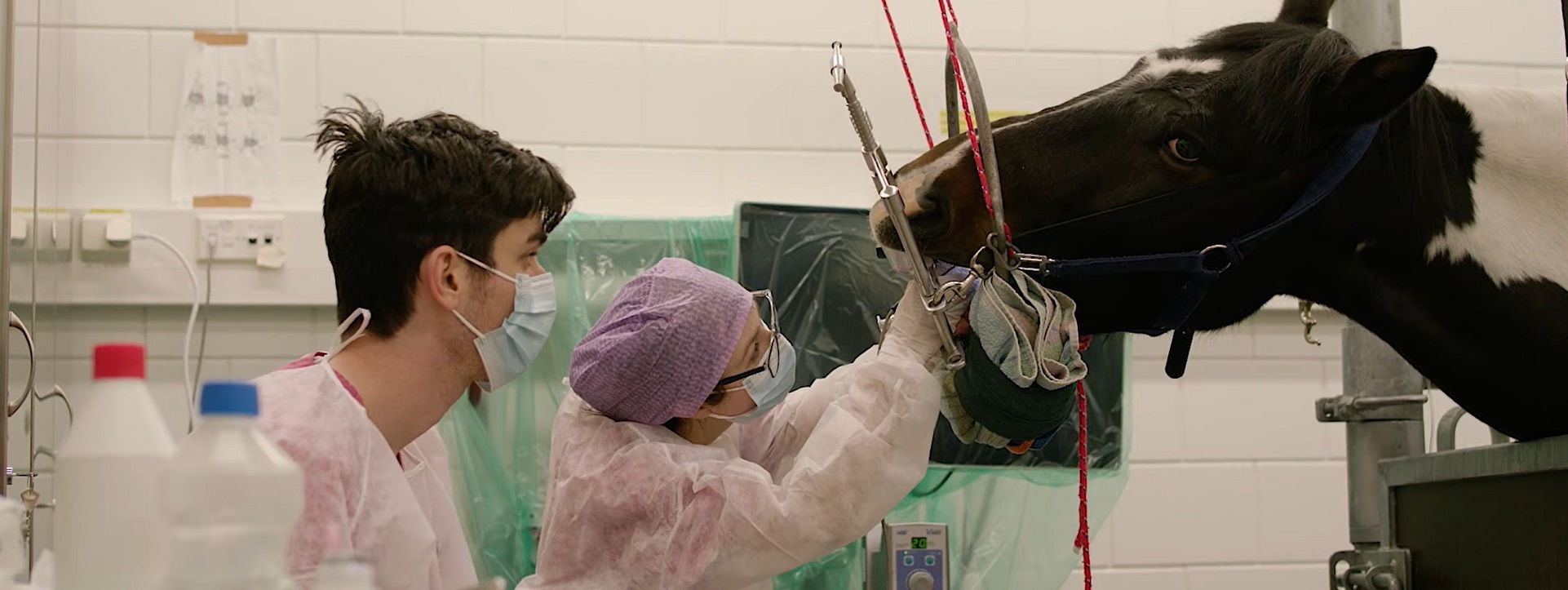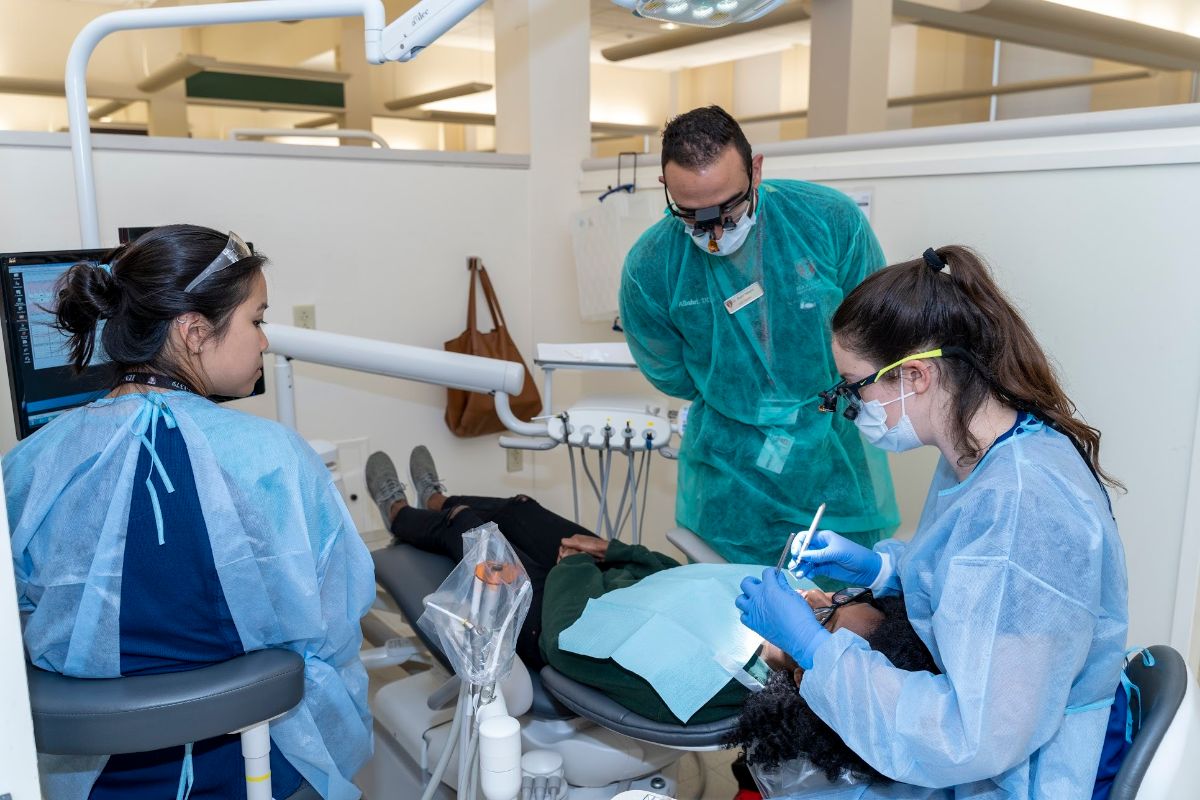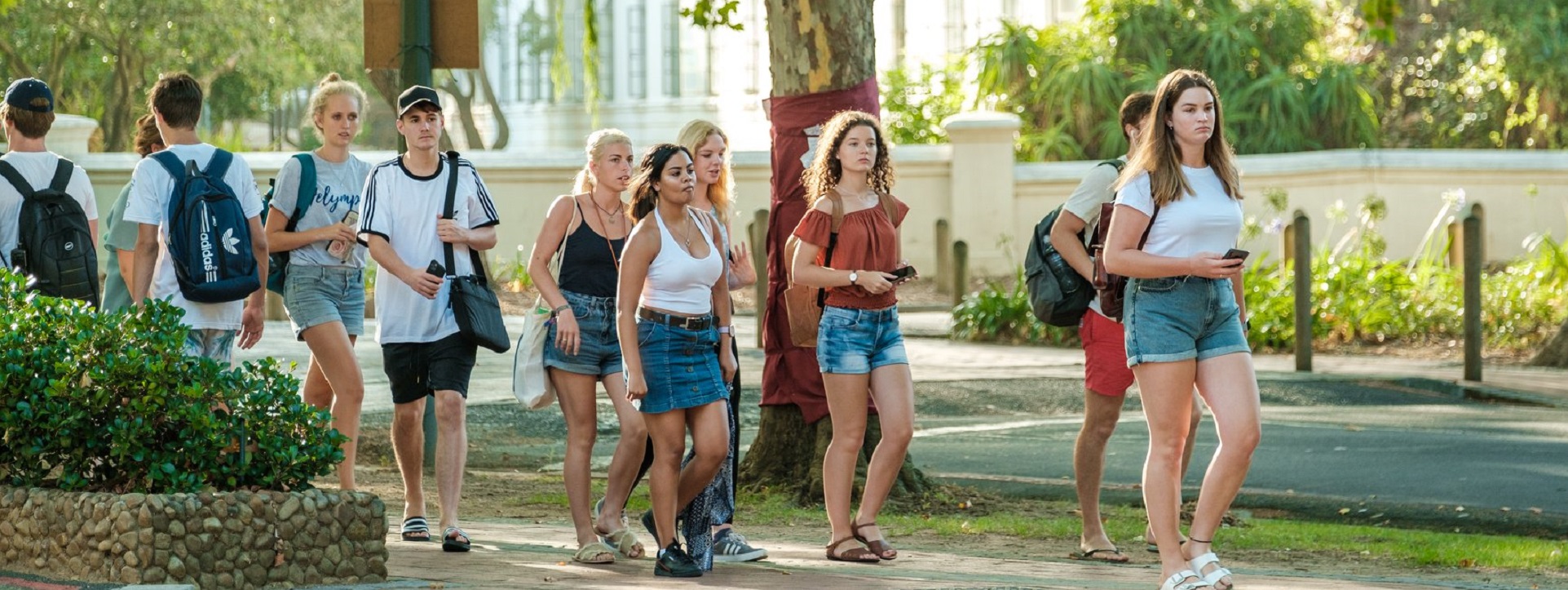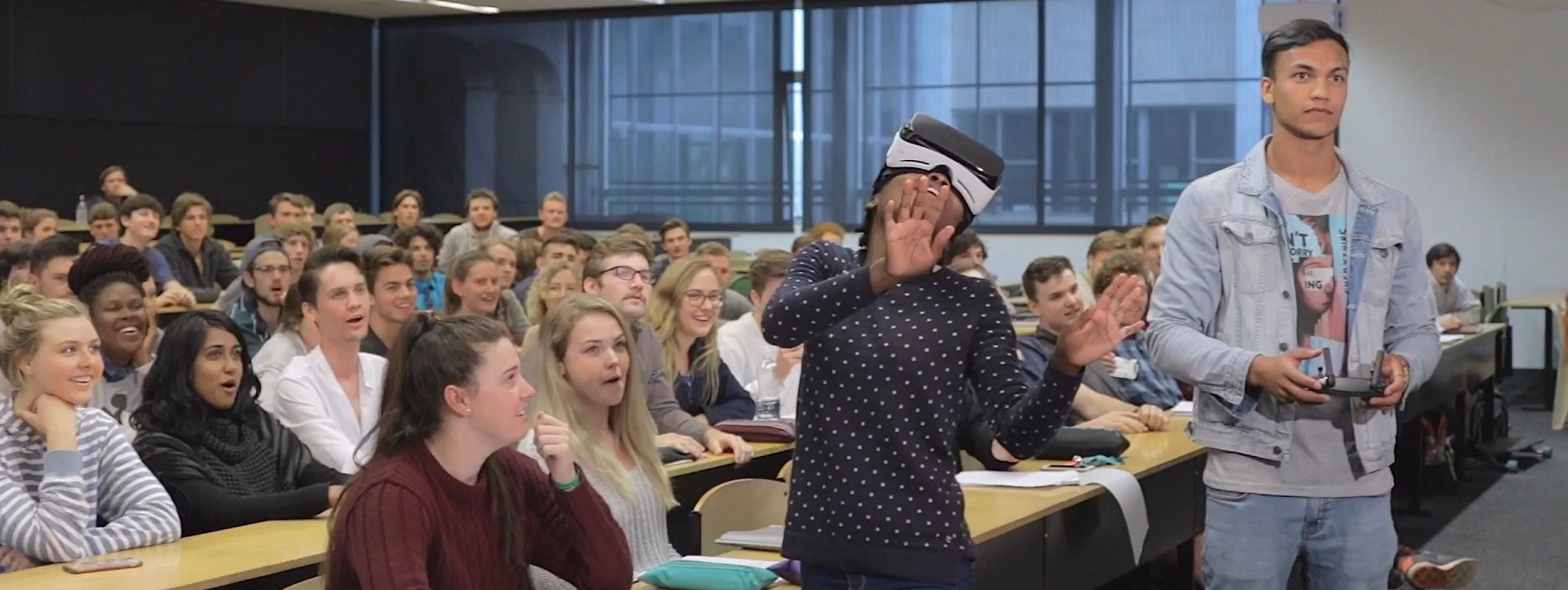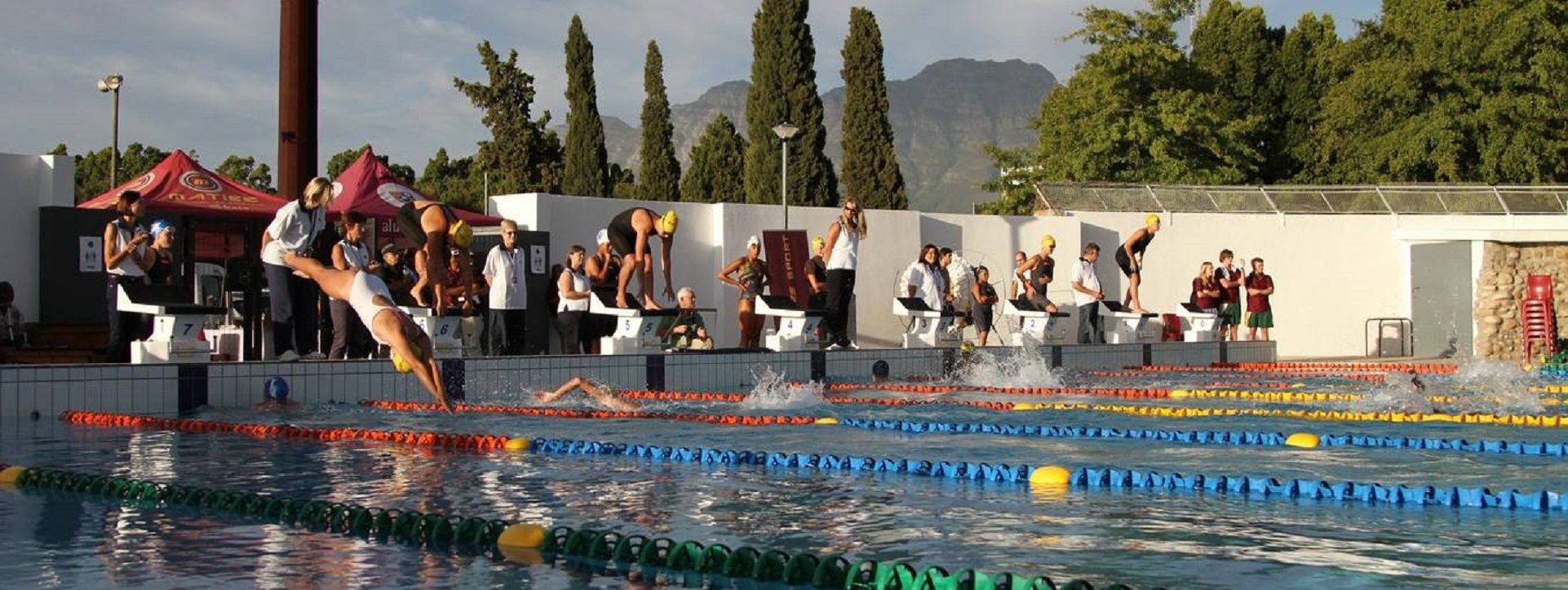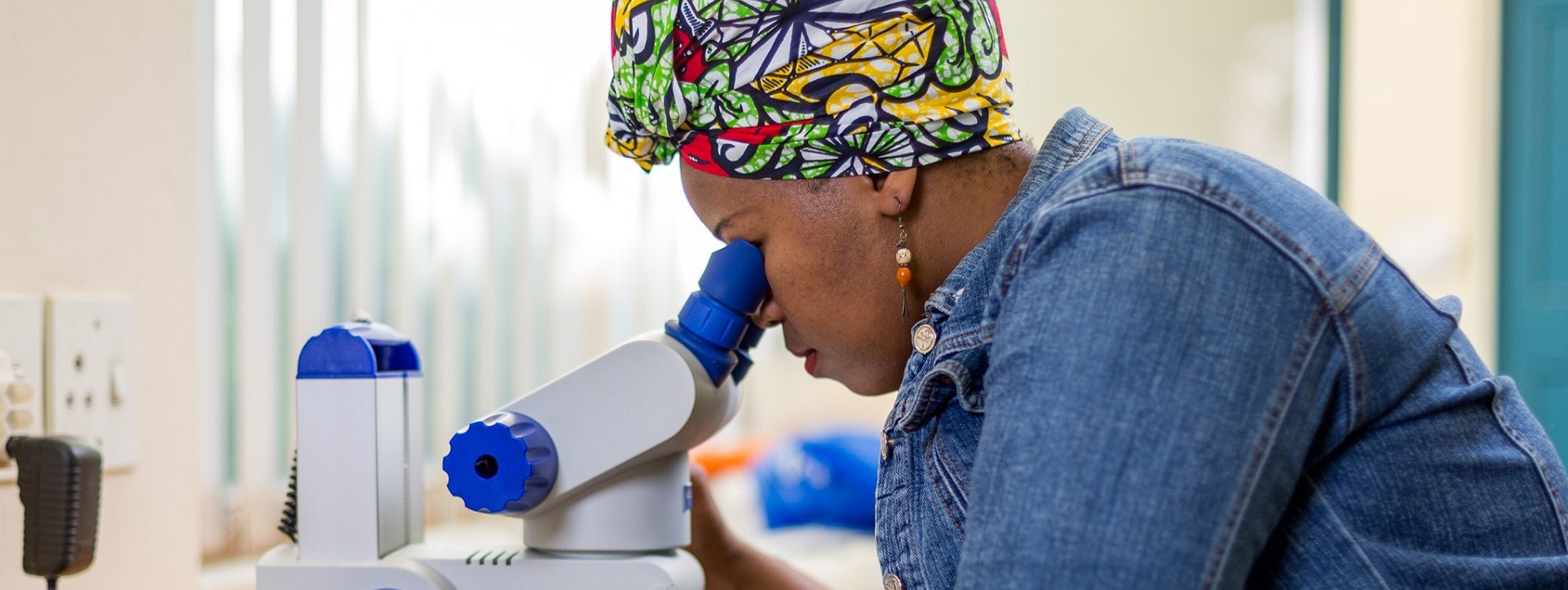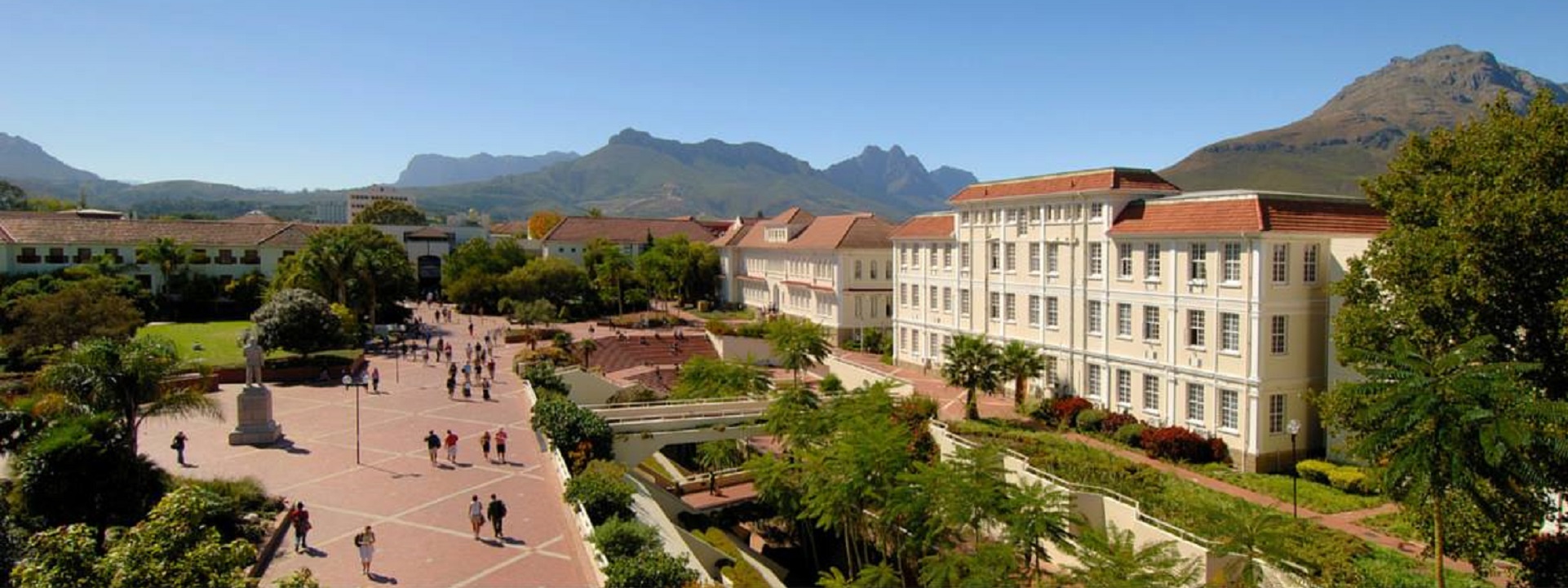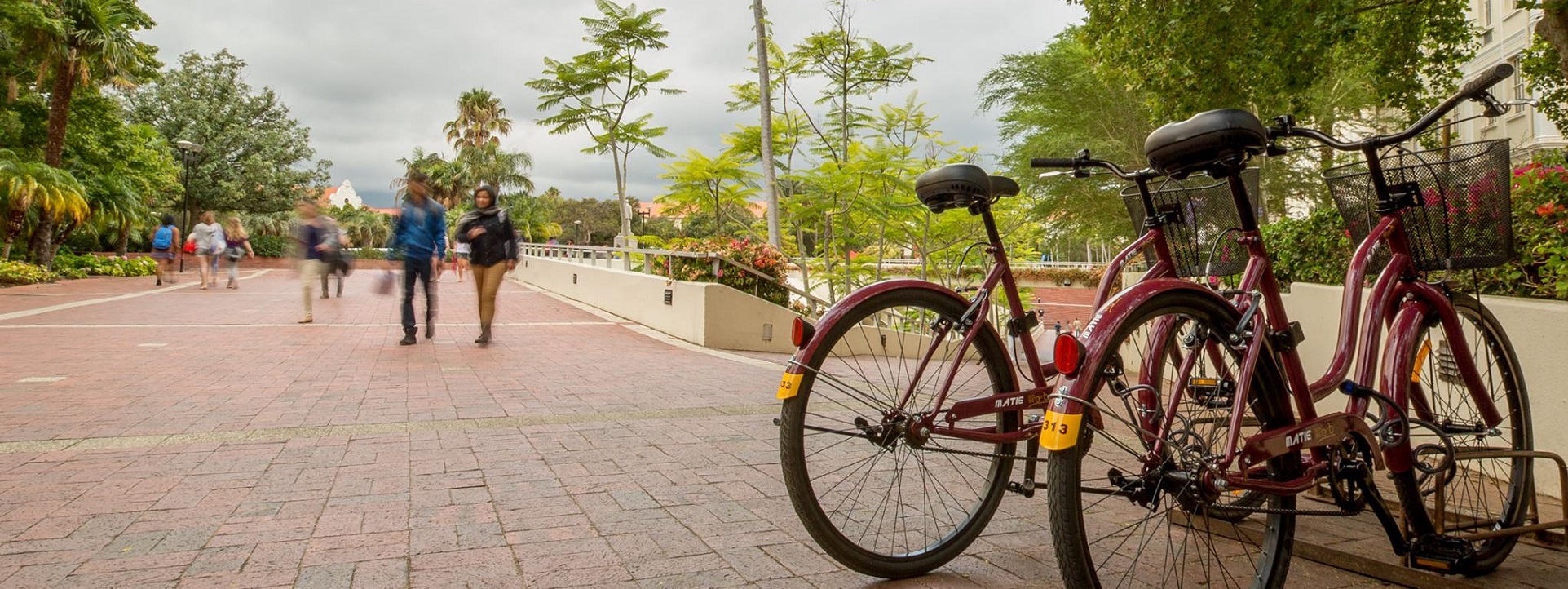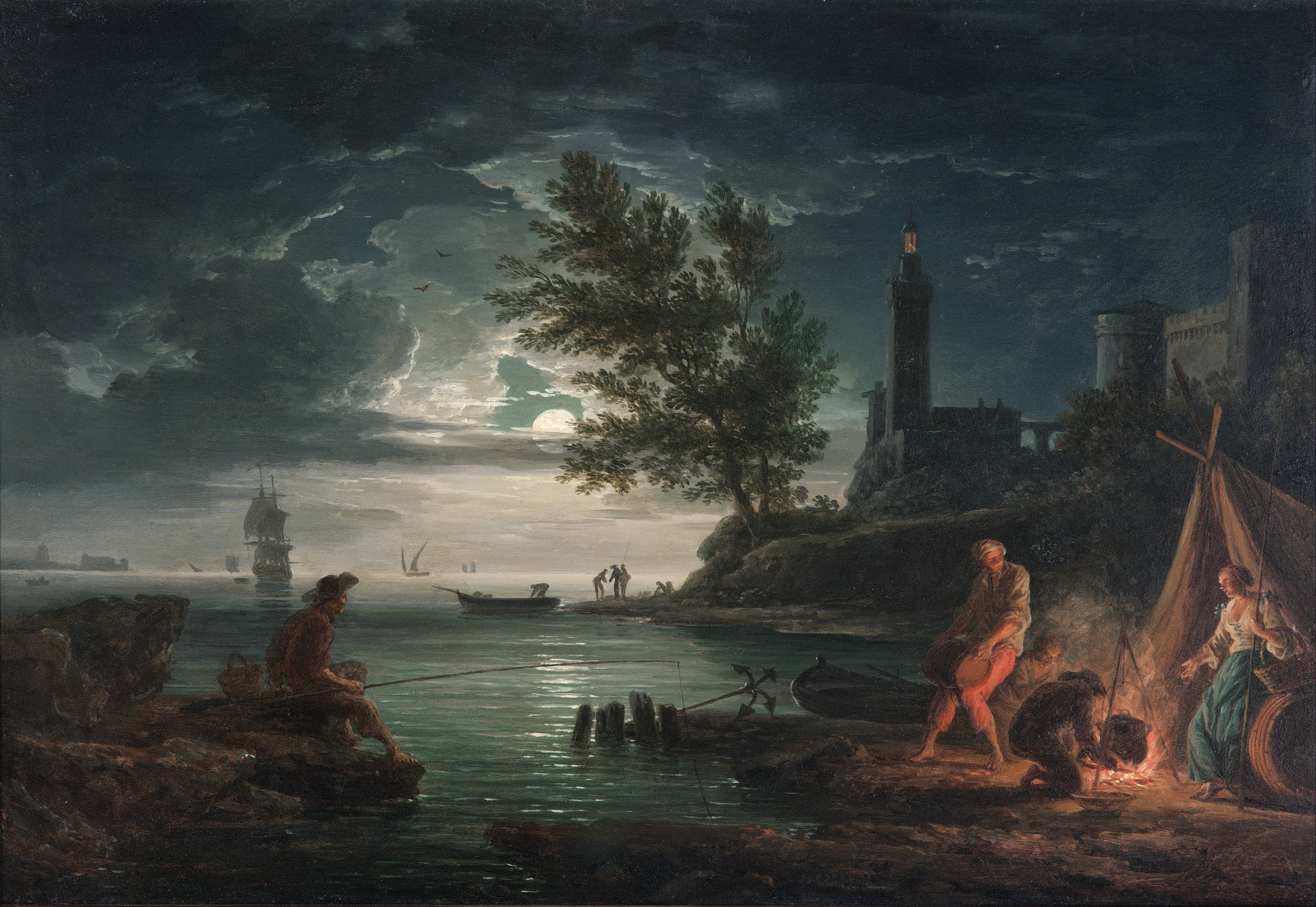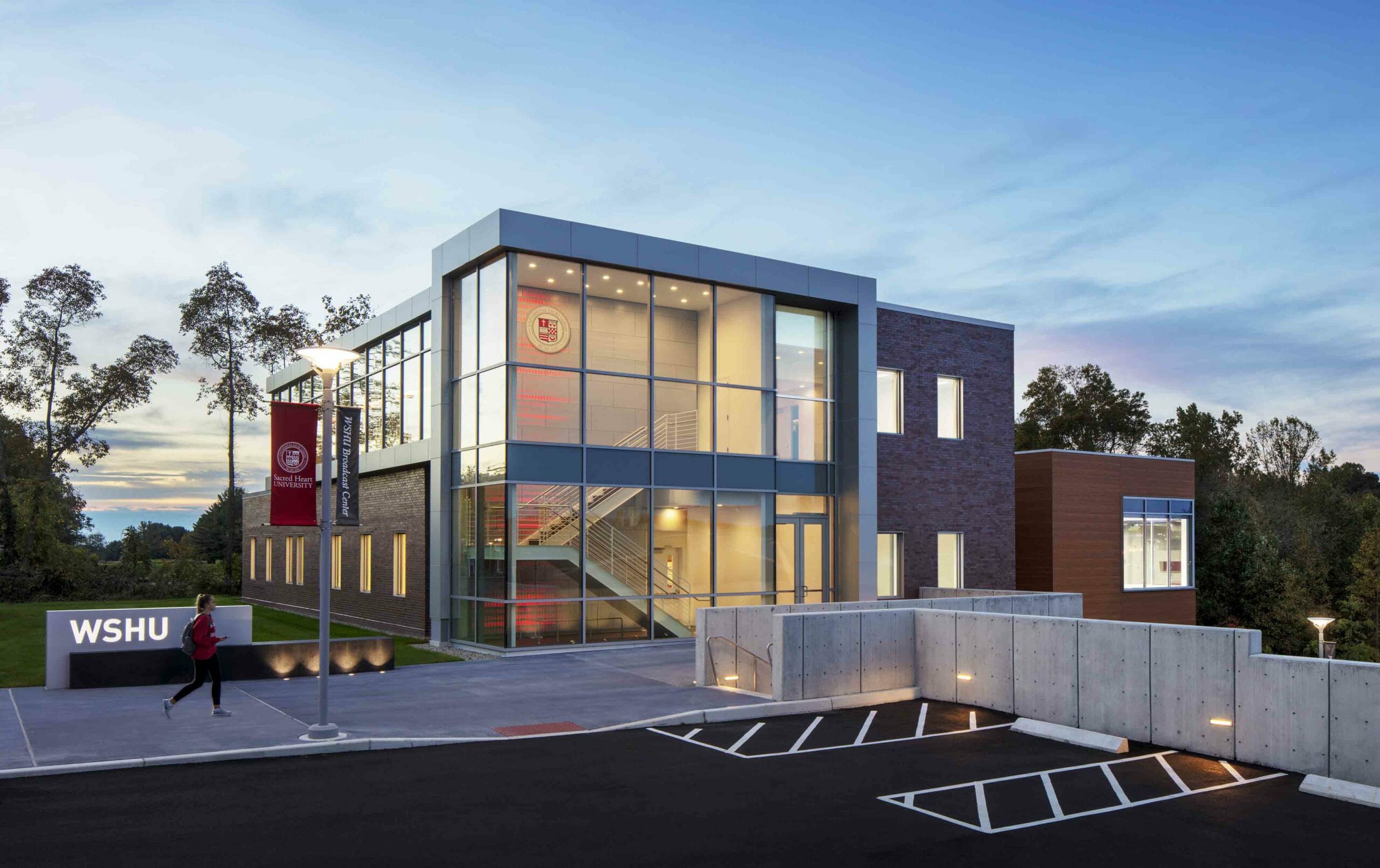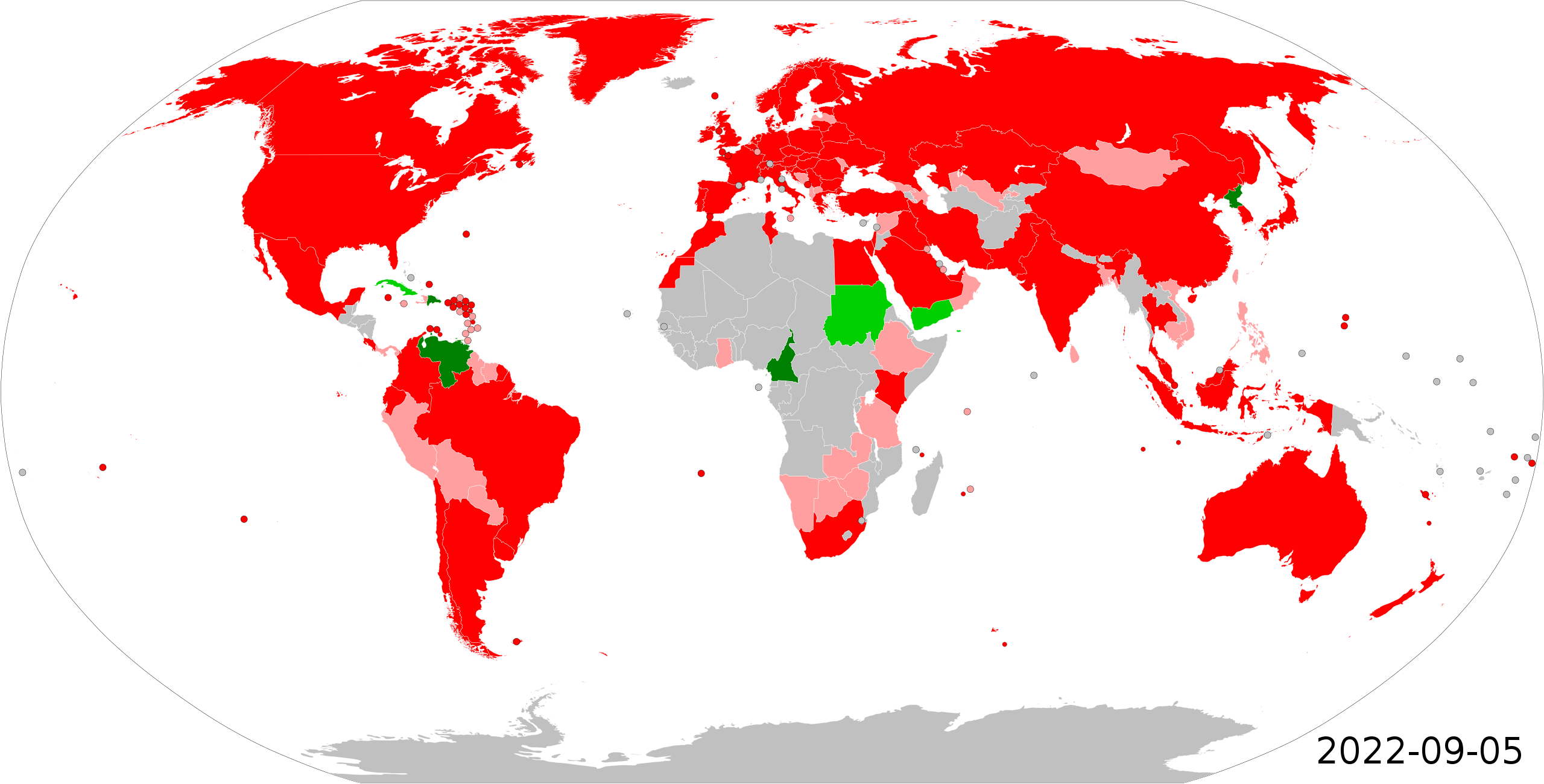Modern dentistry is much greater in scope, more complex and has a greater scientific base than ever before. Today’s general practice includes minimal invasive therapies, adhesive aesthetic restorations, complex periodontal care, removable and fixed orthodontics, root canal therapy, minor oral surgery, fixed or removable or implant supported prosthetic treatment. Prevention of oral diseases plays a major role. Furthermore, the dental practice equipment follows ergonomic demands and must today also comply with national or international regulations concering safety and environmental aspects. Infection prevention and control regulations have been considerably tightened, which has direct impact on dental practise. Finally, the dental market is becoming increasingly sophisticated with digital technologies.
The global dental industry market is relatively small in relation to that for health care in general, but it is a lucrative and highly competitive market. The global dental market is estimated for the 2017 –2018 financial year to be worldwide US$31.5 billion. For 2021, the scale of the global dental market is predicted to be around US$37 billion. The compound annual growth rate (CAGR) for the period 2016-2021 is projected to be 5.6 per cent, which represents an annual growth rate of more than US$1.6 billion.
The key benefits already realized or expected from the work of ISO/TC 106 are:
▪ Improvements in the quality of products on the market;
▪ Improvements in the quality of care provided to patients;
▪ Reduction of barriers to trade in a growing international market;
▪ Protection of the health and safety of dental patients, users and the environment;
▪ Uniformity of terminology used in dentistry.
ISO/TC 106 has the following objectives:
▪ To develop international standards that are congruent with the scope of the Committee.
▪ To revise or withdraw all other standards that are the responsibility of TC106 as per ISO
periodic review procedures.
▪ To develop standards that stay current and evolve as the practice of dentistry evolves.
▪ To develop standards that make the best possible use of available scientific data.
▪ To be vigilant in harmonizing standards for similar types of products.
▪ To develop standards based upon function, utilization and safety/environmental requirements
rather than on chemical and/or physical properties.
▪ To ensure that the composition of working groups is balanced and includes the best experts
as well as representation from all stakeholders.
▪ To ensure that vested interests never dictate the development of dental standards.
We maintain this committee’s titles on our aperiodic Dentisterie colloquium. See our CALENDAR for the next online meeting; open to everyone



